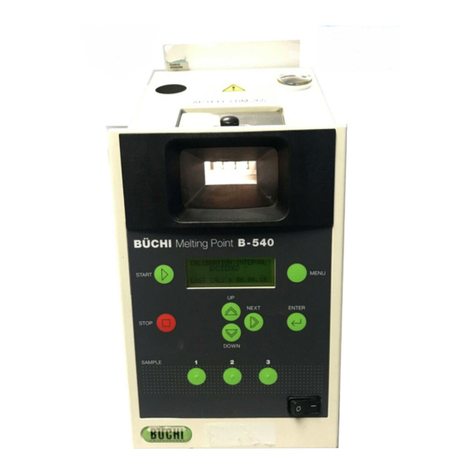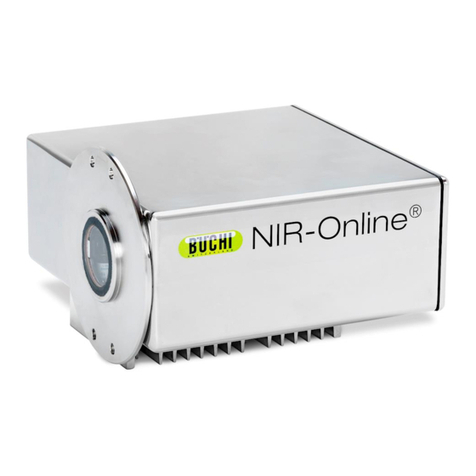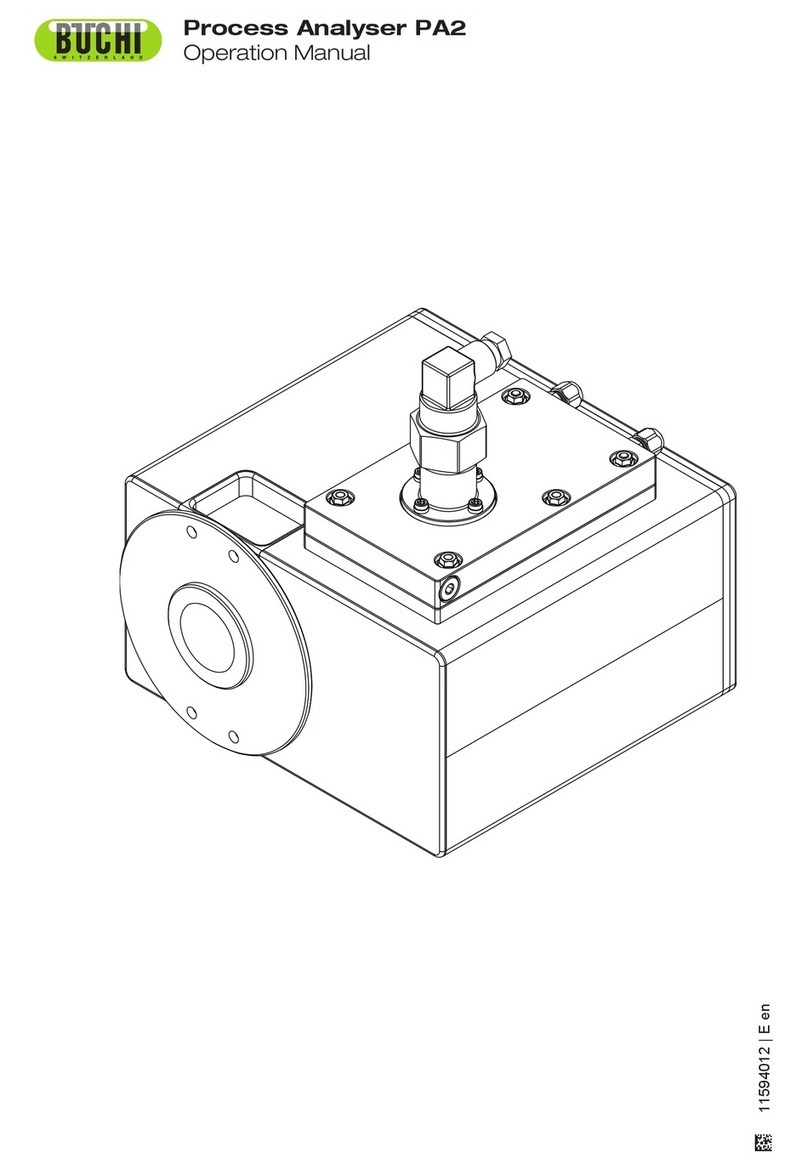
NIR-Online GmbH Table of contents
Operation Manual Process Analyser PA2 iii
Contents
1 About this document...........................................................................................................5
1.1 Warning notices in this document........................................................................................................ 5
1.2 Symbols ............................................................................................................................................... 5
1.2.1 Warning symbols .....................................................................................................................5
1.2.2 Mandatory directive symbols ...................................................................................................5
1.3 Mark-ups and symbols......................................................................................................................... 6
2 Safety....................................................................................................................................7
2.1 Proper use ........................................................................................................................................... 7
2.2 Use other than that intended ............................................................................................................... 7
2.3 Location of safety notices and warning signs on the product .............................................................. 7
2.4 Safety features..................................................................................................................................... 8
2.4.1 Thermostat............................................................................................................................... 8
2.5 Residual risks ...................................................................................................................................... 8
2.5.1 Risk of explosion from opening up the sensor ......................................................................... 8
2.5.2 Risk of explosion from unplugging the device power plug ....................................................... 8
2.6 Staff qualification ................................................................................................................................. 9
2.7 Personal protective equipment (laboratory)......................................................................................... 9
2.8 Personal protective equipment (production) ........................................................................................ 9
2.9 Modifications........................................................................................................................................ 9
3 Product description...........................................................................................................11
3.1 Description of function ....................................................................................................................... 11
3.2 Configuration ..................................................................................................................................... 11
3.2.1 Front view ..............................................................................................................................11
3.2.2 Rear view ............................................................................................................................... 12
3.3 Type plate .......................................................................................................................................... 12
3.4 ATEX rating ....................................................................................................................................... 14
3.5 Scope of delivery ............................................................................................................................... 14
3.6 Technical data ................................................................................................................................... 15
3.6.1 Sensor.................................................................................................................................... 15
3.6.2 Installation box ....................................................................................................................... 15
3.6.3 Ambient conditions................................................................................................................. 15
3.6.4 Materials ................................................................................................................................16
3.6.5 Computer system requirements............................................................................................. 16
3.6.6 Software................................................................................................................................. 16
4 Transport and storage ......................................................................................................18
4.1 Transport ........................................................................................................................................... 18
4.2 Storage .............................................................................................................................................. 18
5 Installation..........................................................................................................................19
5.1 Installation site (production)............................................................................................................... 19
5.2 Installation site (laboratory)................................................................................................................ 19
5.3 Installation point in piping system (example) ..................................................................................... 20
5.4 Installation (example)......................................................................................................................... 21
5.5 Establishing installation point............................................................................................................. 21
5.6 Sensor installation ............................................................................................................................. 22
5.7 Connecting the sensor....................................................................................................................... 23
5.8 Connecting the video cable (optional accessory) .............................................................................. 25
5.9 Connecting the thermostat................................................................................................................. 26
5.10 Connecting the coolant ...................................................................................................................... 26
5.11 Establishing the electrical connection to the installation box............................................................. 26






























